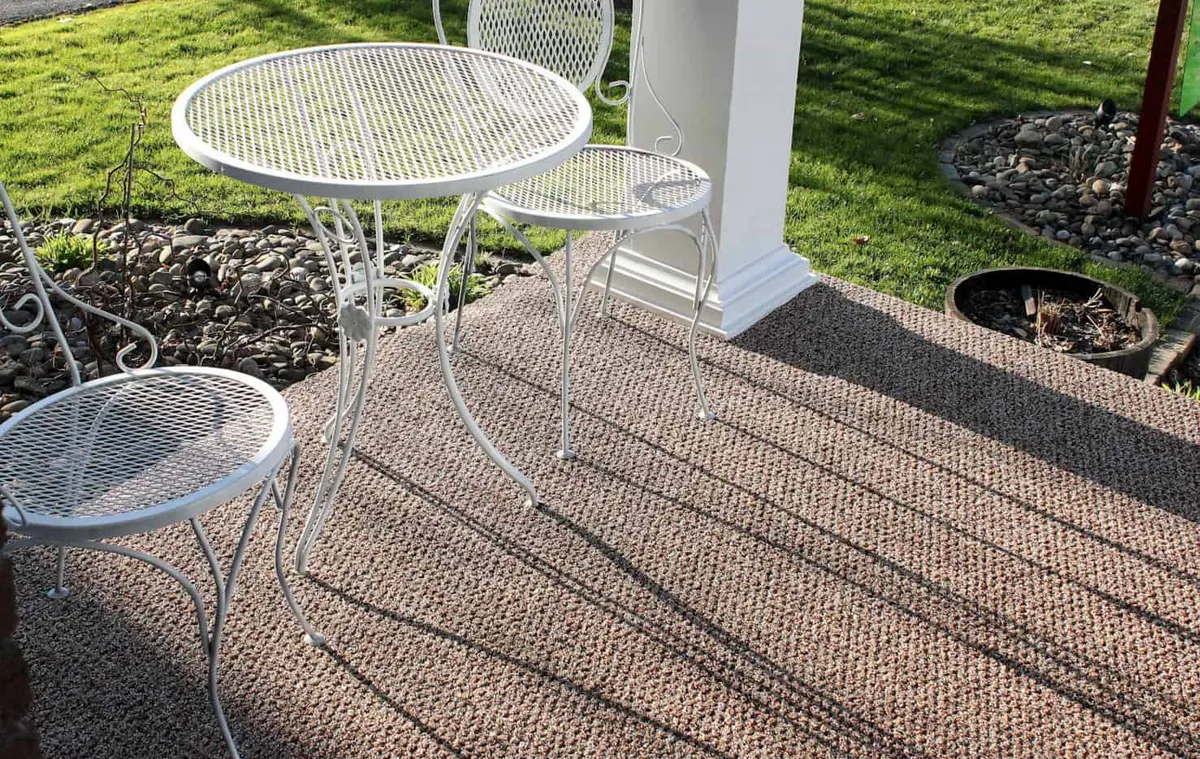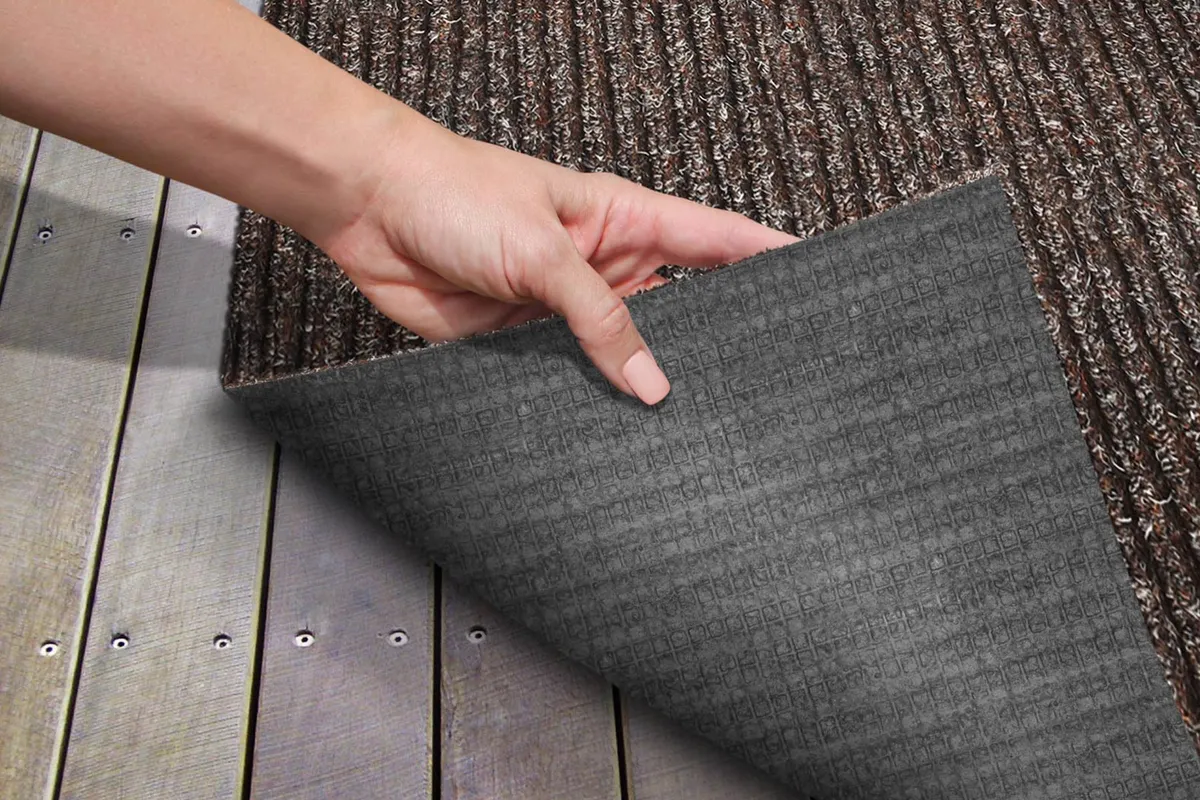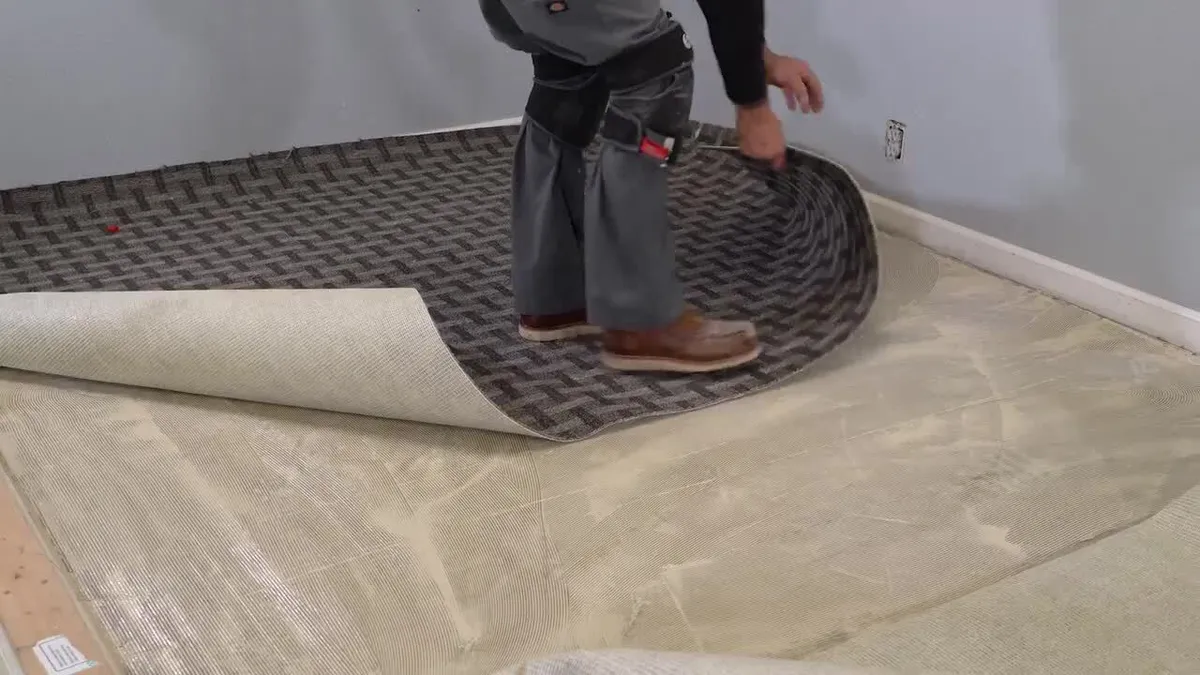essential tools and materials for laying outdoor carpet
Laying outdoor carpet is an important task that requires careful preparation, not only in terms of technique but also in gathering the right tools and materials. The quality of your tools and materials will significantly impact the speed, efficiency, and final results of your installation. As someone who has done my fair share of outdoor carpet installations, I can tell you that having the right tools on hand makes all the difference. In this article, I will walk you through the essential tools and materials you need for laying outdoor carpet, with tips from my own personal experience.
1. Outdoor Carpet
The most important material you’ll need for your outdoor carpet installation is the carpet itself. There are several types of outdoor carpets available, each offering specific benefits depending on your needs. When choosing outdoor carpet, you need to consider factors like water resistance, UV protection, and durability in extreme weather conditions.
Types of Outdoor Carpet: Common materials used for outdoor carpets include synthetic fibers like nylon, polypropylene, and polyester. These materials are not only durable but also resistant to mold, mildew, and fading, making them ideal for outdoor use. Outdoor carpets can also be designed to resist water, which is a crucial feature in humid or rainy climates.
KATAmats Outdoor Carpet: At KATAmats, we offer high-quality outdoor carpets designed to withstand harsh weather conditions. Our outdoor carpets are made from durable, UV-resistant materials that are perfect for use in both residential and commercial outdoor spaces.

2. Adhesive (Carpet Glue)
When laying outdoor carpet, one of the most crucial materials you’ll need is adhesive. Carpet glue serves as the bonding agent that holds the carpet in place. Without the right adhesive, your carpet may slip, bunch up, or become loose over time. It’s essential to use a high-quality outdoor adhesive designed for the specific conditions in which the carpet will be placed.
- Choosing the Right Adhesive: Not all adhesives are suitable for outdoor use. You should select a weatherproof adhesive that is designed to withstand temperature extremes, moisture, and UV rays. Outdoor carpet adhesives typically come in both liquid and paste forms, depending on the type of surface you are working with.
- Benefits of Using Quality Adhesive: A strong adhesive ensures that your carpet will stay securely in place for a long time. It prevents edges from curling and helps the carpet remain taut, even in harsh weather.
3. Carpet Cutter
Cutting the carpet to the correct size is an essential step when laying outdoor carpet. To do this effectively, you will need a good-quality carpet cutter. This tool helps you make clean, precise cuts, ensuring that your carpet fits perfectly in the space.
- Types of Carpet Cutters: There are various types of carpet cutters, including manual knives, rotary cutters, and electric cutters. A manual carpet cutter is the most common and provides good control over the cut. A rotary cutter can also be useful for making smoother, quicker cuts.
- Why a Good Cutter Matters: A sharp cutter will ensure that the carpet edges are smooth and even, preventing fraying and uneven seams. This step is critical for achieving a polished, professional-looking finish.
4. Carpet Stretcher
Once you’ve cut the carpet to the right size, it’s time to lay it out. A carpet stretcher is an essential tool that helps you stretch the carpet over the floor to remove wrinkles and ensure that the carpet fits tightly. A well-stretched carpet will not only look better but will also last longer, as it will prevent the carpet from loosening or bunching over time.
- How Carpet Stretchers Work: The carpet stretcher uses a series of rods to pull the carpet tight, ensuring it is smooth and free of wrinkles. This is especially important in high-traffic areas, where you want the carpet to stay securely in place.
- Choosing the Right Carpet Stretcher: When selecting a carpet stretcher, look for one with adjustable tension, which will allow you to stretch the carpet evenly across the surface.
=>>> To understand the preparation and installation steps when installing outdoor carpet, please see this article

5. Carpet Tape
Carpet tape is another essential material for laying outdoor carpet. It helps secure the edges of the carpet and ensures that they don’t lift or curl. Carpet tape is particularly useful when laying carpet on surfaces that may not allow adhesives to bond as easily, such as concrete or tile.
- Why Use Carpet Tape: Carpet tape can be used to provide extra reinforcement at the edges of the carpet. It also helps prevent shifting, which can occur over time if the adhesive begins to lose its grip.
- Selecting the Right Tape: When choosing carpet tape, ensure that it’s designed for outdoor use. It should be durable, weather-resistant, and strong enough to keep the carpet securely in place under various weather conditions.
6. Carpet Brush
After you’ve laid down the carpet, you’ll want to make sure it’s smooth and even. A carpet brush is used to smooth out the carpet’s surface, removing any creases or air pockets that may have formed during installation.
- How to Use a Carpet Brush: The brush is typically run along the surface of the carpet to ensure that the fibers lay flat and the carpet is fully adhered to the surface underneath. This step is essential for achieving a clean, professional finish.
- Why a Carpet Brush Is Important: Using a carpet brush helps avoid any lumps or bumps in the carpet, creating a smooth, aesthetically pleasing surface.
7. Vacuum Cleaner
Before you begin laying your outdoor carpet, it’s important to clean the surface thoroughly. A vacuum cleaner is a must-have tool for removing dust, debris, and dirt that may interfere with the adhesive or cause the carpet to slide. It’s also a great tool for cleaning the carpet after installation.
- Benefits of Vacuuming: Vacuuming the surface before laying the carpet will ensure that the adhesive bonds better. It also ensures that no debris gets trapped underneath the carpet, which could cause unevenness or damage over time.
- Choosing the Right Vacuum: A vacuum with a strong suction power and a good filter will help pick up fine dust and debris.
=>>> Are you having trouble installing outdoor carpet? Refer here for detailed solutions

8. Measuring Tape
Accurate measurements are key when laying outdoor carpet. A measuring tape allows you to precisely measure the area and ensure that the carpet fits properly. Whether you are cutting the carpet or positioning it, accurate measurements are critical for a successful installation.
- Why Measurement Matters: Measuring the area before cutting the carpet ensures that you don’t waste materials or end up with an ill-fitting carpet.
- Tips for Using a Measuring Tape: Always double-check your measurements before cutting to avoid mistakes. If necessary, use a pencil to mark the carpet where you need to cut.
9. Temperature Gauge
The weather can have a significant impact on the installation process, especially when working with adhesives. A temperature gauge helps you monitor the temperature of the installation surface, ensuring that conditions are ideal for the adhesive to bond properly.
- Why Temperature Matters: If it’s too hot or too cold, the adhesive may not cure properly, which could lead to the carpet coming loose or shifting over time.
- Choosing a Temperature Gauge: Opt for a reliable digital thermometer that can measure both air and surface temperatures to ensure the best possible installation conditions.
10. Safety Gear
Safety should always be a priority when laying outdoor carpet. Wear gloves and safety glasses to protect yourself from sharp tools, adhesive fumes, and debris. These simple safety precautions can prevent accidents and ensure a smooth, safe installation process.
- Gloves: Protect your hands from sharp tools, hot surfaces, and adhesives.
- Safety Glasses: Keep your eyes safe from debris, dust, and harmful chemicals.
Conclusion
Laying outdoor carpet requires the right set of tools and materials to ensure a smooth, successful installation. By using high-quality tools like carpet cutters, stretchers, and adhesive, you can ensure that your carpet is laid properly and stays in place for years to come. Don’t forget to take the time to measure, clean, and prepare the surface before starting the project. With the help of KATAmats’ outdoor carpet solutions, you can confidently tackle your outdoor carpet installation project, knowing you have the best materials at your disposal. Happy laying!